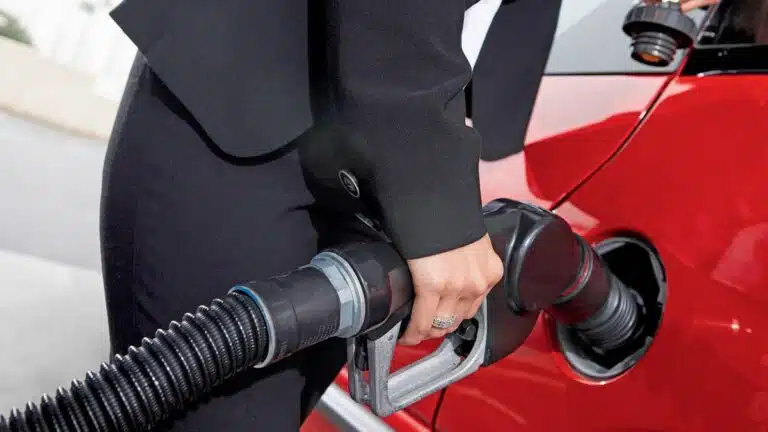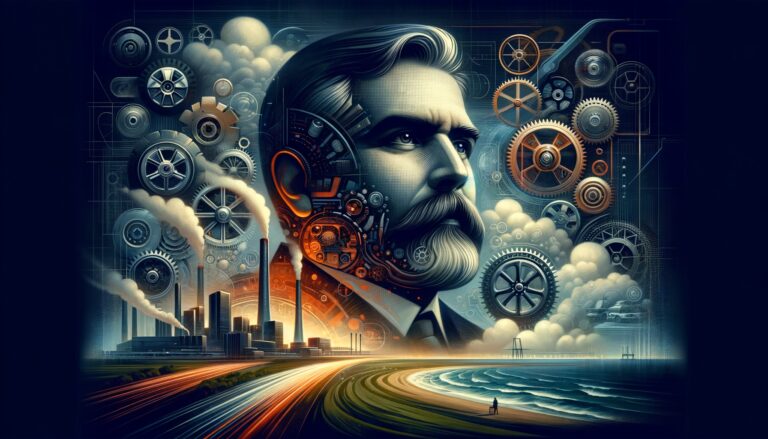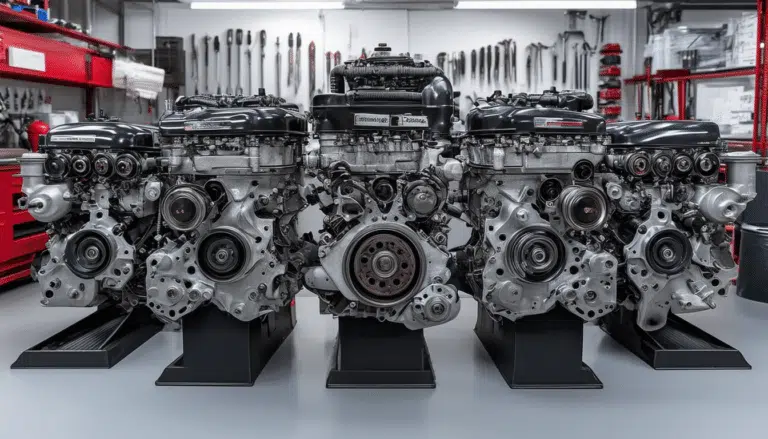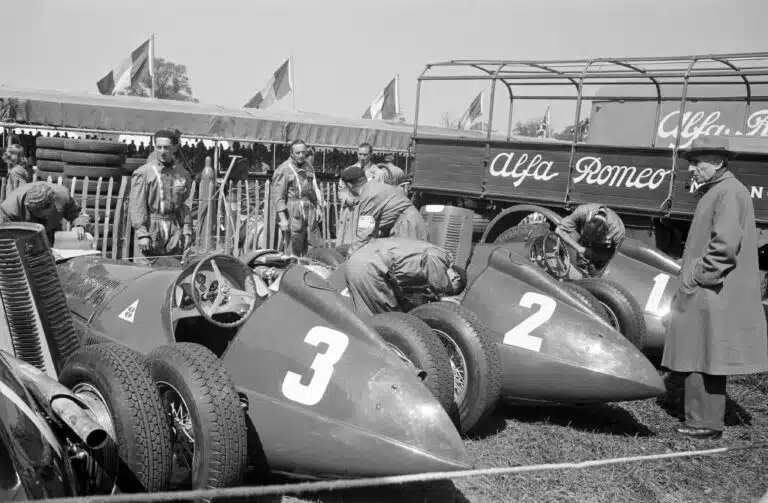How to check and maintain the cooling system to reduce gas expenses
The cooling system is essential for the proper functioning of a vehicle’s engine. Keeping it in optimal condition not only ensures adequate performance but also helps to reduce fuel consumption. Regularly checking components like the coolant, hoses, and radiator is essential to prevent overheating and other mechanical problems. With adequate inspection and preventive maintenance, the engine’s lifespan can be extended, and fuel efficiency can be improved, benefiting both the driver’s economy and the environment.
The vehicle’s cooling system is crucial for its efficient functioning. Keeping it in good condition not only ensures that the engine operates at optimal temperatures but also helps to reduce fuel consumption. This article will explore the best practices for checking and maintaining this system to keep the engine’s performance and optimize fuel consumption.
The importance of checking the cooling system
The cooling system is responsible for regulating the engine’s temperature, preventing overheating that could cause serious failures. When the engine overheats excessively, it can cause irreparable damage leading to costly repairs. Additionally, an inefficient cooling system can increase fuel consumption as the engine needs to work harder to reach its adequate performance.
Steps to check the cooling system
Check the level and condition of the coolant
Start by verifying the level of the coolant in the radiator and in the expansion tank. Ensure that the liquid is at the appropriate mark and does not show signs of contamination or deterioration. It is advisable to carry out this check regularly, especially during the hottest months.
Inspect the hoses and connections
The hoses of the cooling system are essential for its proper functioning. Check for leaks, cracks, or wear. The connections should also be tight; any leak could compromise the effectiveness of the system and increase engine temperature.
Check the radiator and thermostat
The radiator is a key component that needs attention. Ensure that it is clean and free of obstructions. Additionally, check the functioning of the thermostat, which controls the flow of coolant. A defective thermostat can cause the engine to overheat, affecting its efficiency and fuel consumption.
Maintenance of the cooling system
Regular preventive maintenance
Perform preventive maintenance of the cooling system every two years, which includes flushing the system and replacing the coolant. This helps to eliminate any impurities that could obstruct the flow of the coolant and ensures that the correct ratio of water and antifreeze is maintained.
Use of an infrared thermometer
To ensure the proper functioning of the system, an infrared thermometer can be used to measure the temperature of the coolant without touching the liquid. This is especially useful for detecting hot spots that may indicate problems within the system.
Tips to optimize the cooling system
Avoiding engine saturation is essential. Do not overload the vehicle and avoid driving in extreme temperature conditions, as this can affect the cooling system. Additionally, it is advisable to schedule a system inspection service at the mechanic’s if symptoms of overheating occur.
Benefits of a well-maintained cooling system
A well-maintained cooling system not only prevents significant mechanical issues but also contributes to lower fuel consumption. By keeping the engine temperature within its proper range, the engine’s efficiency is improved, resulting in significant long-term fuel savings.
For more information on how engine temperature can affect fuel consumption, you can consult the following article: How engine temperature affects fuel consumption.
Remember that aspects such as air conditioning maintenance and other systems are also vital for the overall performance of the vehicle. Therefore, if you wish to learn strategies to reduce fuel consumption through the efficient use of air conditioning in vehicles, visit this link: Air conditioning in vehicles: strategies to reduce fuel consumption.
Maintaining the Cooling System to Improve Fuel Efficiency
Proper maintenance of the cooling system not only ensures the efficient functioning of the engine but also directly influences fuel consumption. An engine operating at its optimal temperature can be more efficient, resulting in less fuel expenditure. Thus, regularly monitoring components such as coolant, hoses, and radiator becomes essential actions to maximize your vehicle’s efficiency.
Checking the coolant level and its condition is the first measure to take. This is because a low coolant level can lead to overheating, damaging the engine and affecting its performance. Every driver should be attentive to the clarity of the coolant and to detecting leaks in the system. If the coolant appears cloudy or shows impurities, it is a clear sign that it needs to be replaced.
Additionally, it is advisable to perform preventive maintenance every certain kilometers. This includes cleaning filters, checking and possibly replacing cracked hoses, and ensuring that the thermostat operates correctly. An infrared thermometer can be useful for checking the liquid’s temperature without contact, which can provide additional information about the health of the cooling system.
Finally, driving responsibly also contributes to better performance of the cooling system. Avoid overloading the vehicle and driving at moderate speeds during extreme weather conditions will help keep the engine within its ideal temperature range. By following these steps, a balance can be achieved between an efficient cooling system and lower fuel consumption.





